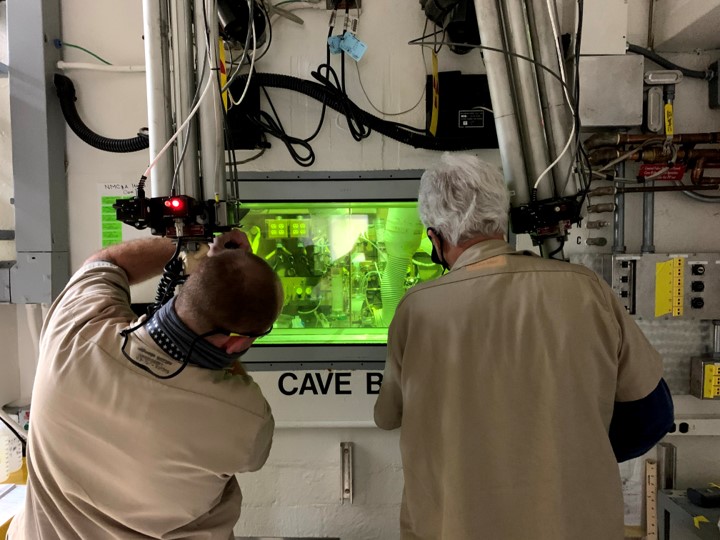Vogtle-3 “likely” to miss scheduled start date, says Georgia Power

Vogtle-3's containment and turbine building. Photo: Georgia Power
Vogtle-3, the first of two 1,100-MWe AP1000 pressurized water reactors under construction at the Vogtle plant near Waynesboro, Ga., may not go into service in November as planned, Southern Company subsidiary Georgia Power has announced.
According to a March 19 filing with the Securities and Exchange Commission, the date for starting commercial operation at Unit 3 could be delayed by a month or more at a cost to Georgia Power of approximately $25 million per month. “While [Vogtle plant operator] Southern Nuclear continues to target a November 2021 in-service date for Unit 3, the schedule is challenged and … a delay is likely,” Georgia Power stated. The filing made no mention of changes to Unit 4’s scheduled start date of November 2022.











